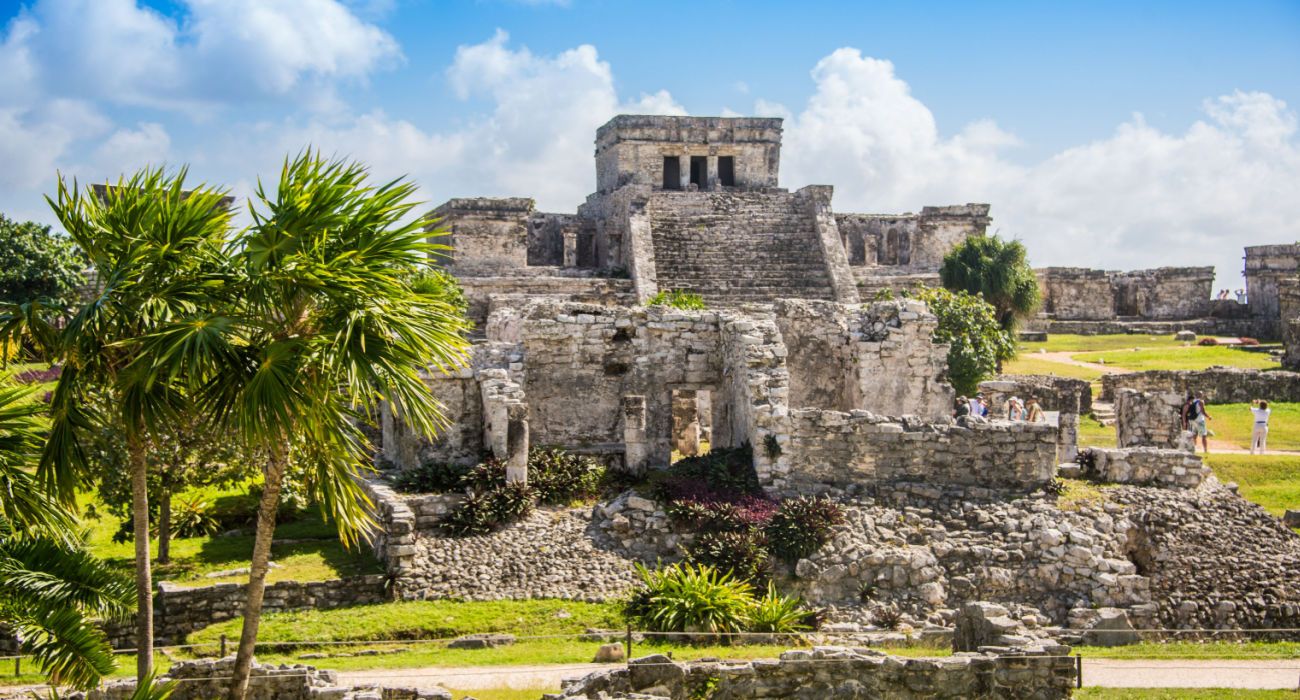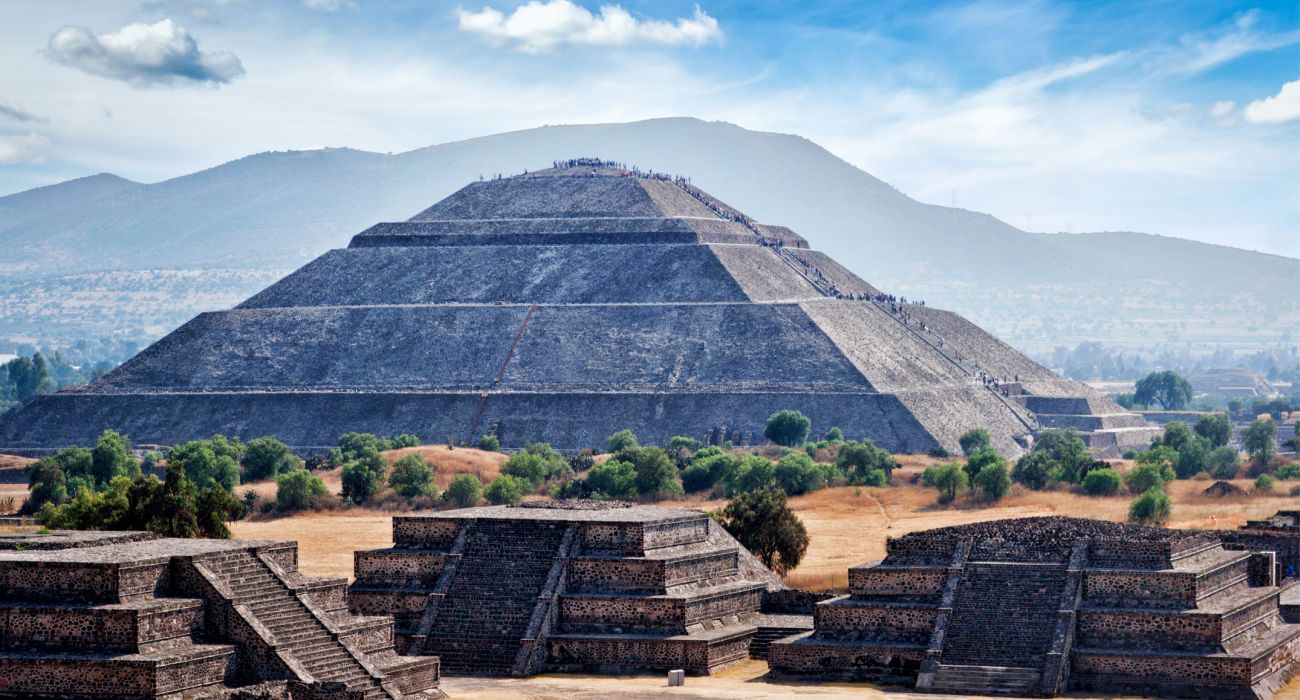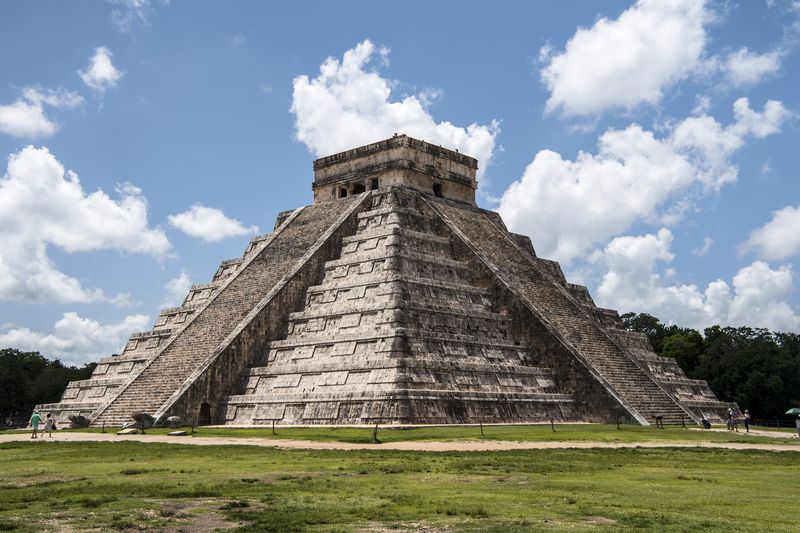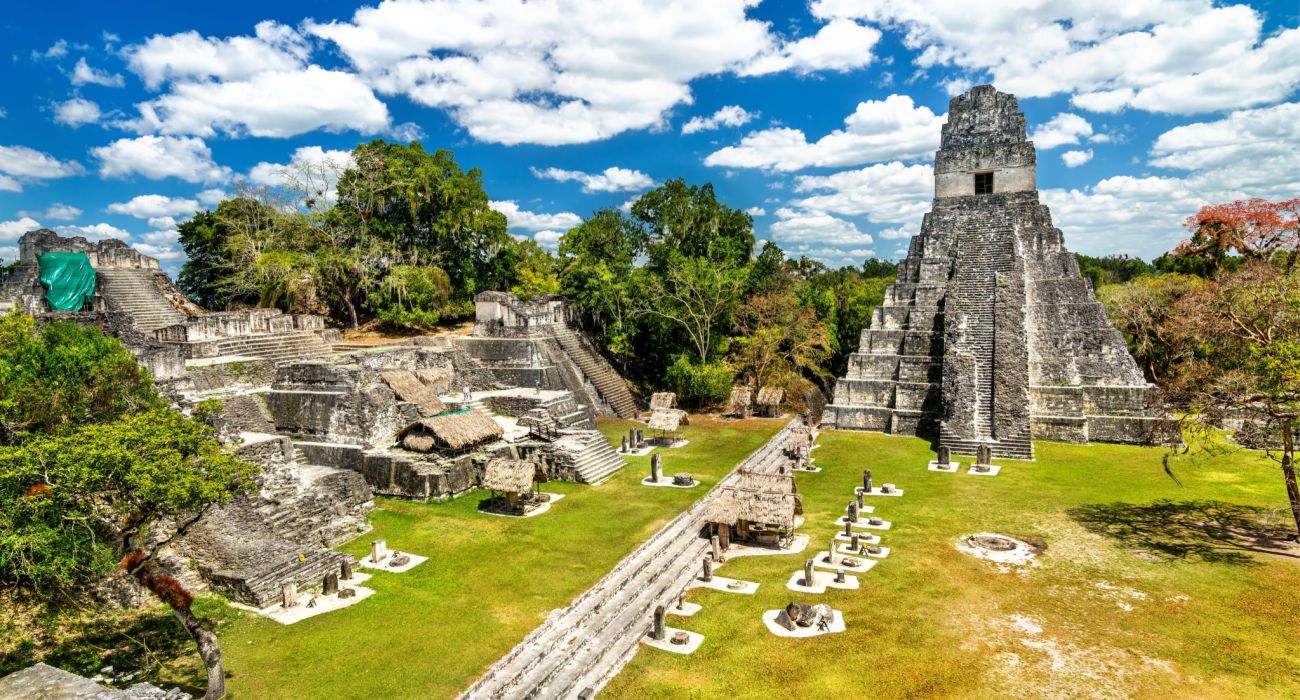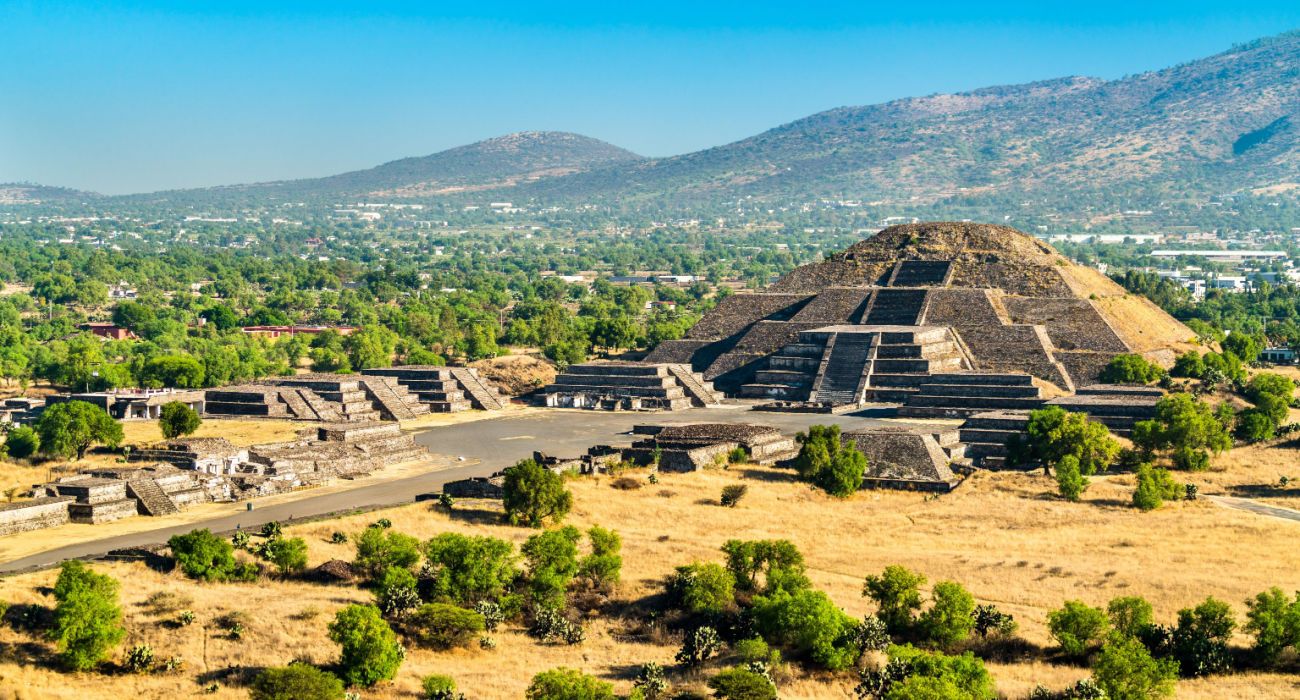Read update
- Aztec vs Mayan: Their Worlds Were Very Different
Quick Links
The Aztecs and the Mayans are both attributed to being some of the oldest civilizations in North and Central America. While the Mayan timeline goes back further than that of the Aztecs, both were renowned for their architecture and modern contributions to their societies.
Today ruins from both the Aztecs and the Mayans can be found throughout places such as Mexico. This is especially true for the Aztec vs Mayan pyramids.
This is also where one will find the most visited of all their pyramids and ancient cities, which can be confusing when it comes to knowing the significant differences between each civilization. Before visiting the ruins of either one, here are some key differences to note in both their architecture and their cultures.
UPDATE: 2023/05/02 14:29 EST BY AARON SPRAY
Aztec vs Mayan: Their Worlds Were Very Different
In many ways, there is no comparison between the Aztecs and the Mayans (they were very different civilizations and only one was a political entity). But still, they influenced each other and their pyramids are very impressive. Many people wonder about the Aztec vs Mayan pyramids. This article was updated and expanded with more information about the differences between the Mayan and Aztec worlds.
The Mayans: Known For Their Incredible Pyramid Architecture
When one thinks of Mayan ruins, it's common to picture pyramids (Aztec vs Mayan pyramids have their differences). The Mayans were known for building incredible structures like these in many of their city-states, many of which are still standing to this day. The most notable difference in architecture throughout the Mayan pyramids can be seen in the stories that they tell, which have been done through a myriad of pictographs and statues, all telling of their gods and beliefs.
Those visiting Mayan pyramids will notice two distinct styles: those which were built for religious worship, and those which were built for gods. The former would usually include a temple at the top which would be used by Mayan priests during ritualistic practices, while the latter would be used for the strict purpose of honoring the god for which it was built. These would also have stairs that were far steeper than that of the religious pyramids, with the likely intention of keeping most people out. Additionally, these are also the pyramids that featured tunnels, trapdoors, and secret doors within.
The Most Famous Mayan Pyramids
- Pyramid of Kukulkan (El Castillo), Yucatán, Mexico
- Tikal Temple I, Guatemala
- Temple of the Inscriptions (Palenque), Palenque, Mexico
- Pyramid of the Magician, Uxmal, Mexico
- Caana Pyramid, Belize
Additional Features In Mayan City-State Architecture
While the pyramids that the Mayans built had very serious connotations, not everything discovered in their city-states did. Some even had ball courts, which were recognizable due to their smooth floors and rock walls, mimicking that of today's stadiums. These could be attached to temples or located within the city and were used for sporting events.
Additionally, the Mayans also built grand palaces for the king and his royal family. The best example of this, according to Ducksters, is the palace at Palenque, which was built by King Pakal. This palace, alone, was built with several buildings within its complex, as well as a courtyard and an overlook tower.
The Aztecs: Known For The Empire They Built Within Mexico
It is easy to confuse the two civilizations, especially since many Mayan civilizations did live in Mexico and overlapped with the Aztecs. However, the Aztecs lived almost exclusively in Mexico, which is how they were easily differentiated. Later evidence suggests that they lived in Belize, as well, according to Diffen.
- Fact: Legend has it that the Aztecs settled in Mexico, specifically Lake Texcoco, after seeing a vision that instructed them to do so.
Similar to the Mayans, the Aztecs were known for their pyramids. However, there are far more Mayan ruins still in existence to this day than there are Aztec ruins. Since the Aztecs ruled a trio of cities - Tenochtitlan (modern-day Mexico City), Texcoco, and Tlacopan - this is also where the best-known remaining site of their ruins stands. Templo Mayor can be found in Mexico City, and it was once the location of one of the main temples in Tenochtitlán.
Visitors to Mexico City can also find two of the most iconic pre-Aztec pyramids - the Temple of the Moon and the Temple of the Sun - just outside the central region of the city; this is also known as the Teotihuacán (a Mesoamerican center not built by the Aztecs).
The Aztec pyramids are considered to be a classic example of early Mesoamerican architecture. These were structured in a fairly simple manner, with one main core of rubble that was held in place by what is known today as retaining walls. After this foundation was created, the pyramids were then laid with adobe bricks, and covered with limestone. As a result, the Aztec pyramids were flat on the top, featured large, wide steps, and were notably short compared to other pyramids around the world. Similar to the Mayans, the Aztecs often built temples on the flat tops of their pyramids.
Those visiting both Mayan and Aztec ruins in Mexico are in for an incredibly historic experience. While much can be learned prior to visiting, sometimes, knowing the basics of ancient architecture can give one a full appreciation for the civilizations that built the land on which travelers stand.
Aztec vs Maya: Completely Different Civilizations
The Aztecs formed a discrete empire based on the alliance of three city-states (Tenochtitlan, Texcoco, and Tlacopan). The Aztecs existed in the couple of centuries in the run-up to the arrival of the Europeans (1300 to 1521). They mostly spoke the Nahuatl language and were very warlike people with extensive use of human sacrifice.
The Aztec Empire was built on the architecture and culture of civilizations that went before it - including the impressive city of Teotihuacan just out of Mexico City. The Spanish conquistadors destroyed most of the cities at the core of the Aztec Empire and today their remnants are found under the streets of Mexico City.
The Maya civilization was very different - and was never a unified empire unlike that of the Aztecs. The term refers to a civilization that evolved in the Maya Region that started around 2,000 BC with the first Maya cities being developed around 750 BC. They also managed to resist Spanish occupation and rule for many years.
The Maya were organized in many city-states with various city-states rising and falling over the years. Whereas the Aztecs lasted a couple of hundred years, the Mayans lasted for thousands of years.

